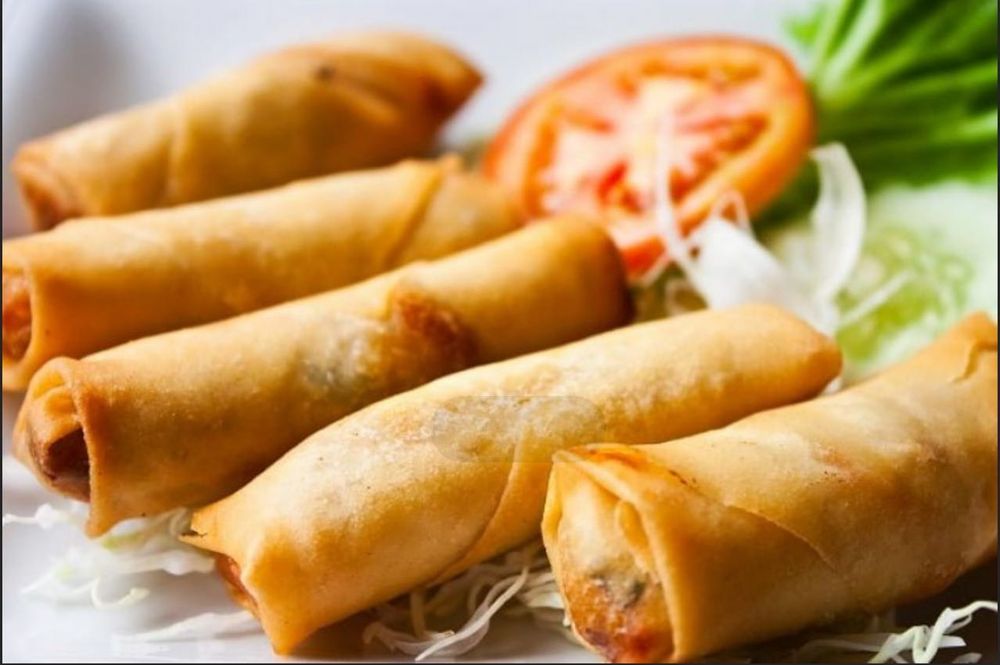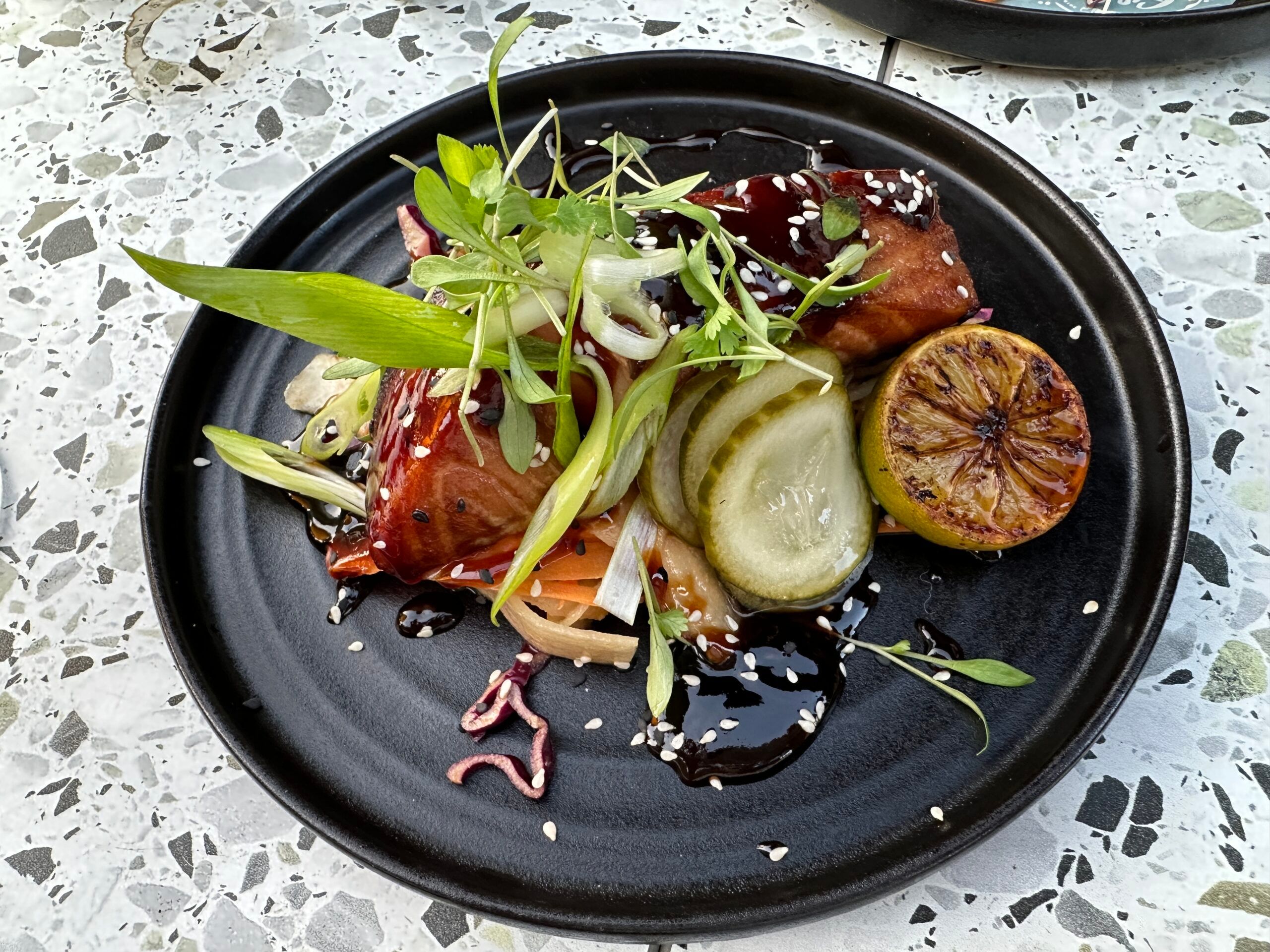

His title was Taizi Shaobao, which is one of Gongbao ( Chinese: 宫保 pinyin: Gōngbǎo Wade–Giles: Kung 1-pao 3 lit. The dish is believed to be named after Ding Baozhen (1820–1886), a late Qing Dynasty official and governor of Sichuan Province. History Ding Baozhen, the Qing dynasty official in Sichuan after whom the dish is named The Anhui version of Kung Pao chicken, served in an iron pot Western Kung Pao chicken is also a staple of Westernized Chinese cuisine. Although the dish is found throughout China, there are regional variations that are typically less spicy than the Sichuan serving. The classic dish in Sichuan cuisine originated in the Sichuan province of south-western China and includes Sichuan peppercorns. Once you try the dish with it, you can decide whether you want more or less, as you should with all of the ingredients, to make - and enjoy - the kung pao you’re craving.Kung Pao chicken ( Chinese: 宫保鸡丁 pinyin: Gōngbǎo jīdīng Wade–Giles: Kung¹-pao³ Chi¹-ting¹), also transcribed Gong Bao or Kung Po, is a spicy, stir-fried Chinese dish made with cubes of chicken, peanuts, vegetables (traditionally Welsh onion only ), and chili peppers. Dried chiles lace the dish with heat and are great on their own, but throwing in floral, citrusy Sichuan pepper adds the welcome tingly sensation known as ma la. Peanuts, fried to bring out a toasty earthiness, deliver crunch among the slips of garlic and scallions. The sea saltiness and snap of the shrimp sharpen against a confetti of sweet bell pepper.

This kung pao shrimp may have more ingredients, but it doesn’t take much longer. Auntie Pearl pared down recipes, including this one for kung pao chicken, to its essentials for those busy nights - and it’s exactly right when dinner needs to get on the table as quickly as possible. With the perspective of adulthood, I couldn’t understand how she pulled together those meals after long days of working and watching us, but, when I saw Grace’s notes, I understood. And it smelled so good, the tingle of chiles, the urgency of garlic, the warmth of ginger as soft and bright as the Southern California sun setting behind our homes. Grace and I grew up together as neighbors, and our parents still live next to each other, on lots close enough that I could always smell what Auntie Pearl was cooking. The first time I prepared kung pao chicken, I followed a recipe handwritten by my Taiwanese-American friend Grace Han, who transcribed instructions from her mother, Pearl Han. Learning from the well-researched recipes in her cookbooks helped me return to how I long cooked Chinese dishes - by scent, sound, taste and practical needs - and gave me the confidence to create my own versions of beloved meals.
#KUNG PAO CHICKEN AND SHRIMP PROFESSIONAL#
Dunlop studied professional cooking in regions of China I’ve never even visited. Knowing that there is no single way to make the dish, while simultaneously learning more about it, freed me from the fear of not preparing it “authentically.” I’m Chinese American and was raised on the food and in the culture, but Ms. (It also doesn’t hurt that it takes less than 20 minutes from start to finish.) That makes it a meal you can cook night after night at home, where you can calibrate the seasonings to your liking and end up with something that tastes both new and familiar. The dish’s defining elements are chiles and a sweetened soy-vinegar sauce, but most everything else is up for grabs, as it has been from the start. And there are endless variations, so the total number of possible kung pao experiences is something like infinity. Every bite swings a little spicy or chewy, tangy or crisp. With kung pao, that likable little thrill comes from the sauce’s flashes of chile heat in a glossy swirl of salty, sour and sweet that coats stir-fried chicken, shrimp, tofu, vegetables and, often, peppers and nuts. Surprising but not jolting, it’s a dish filled with beats of excitement: You don’t know when they’re coming, but they’re always welcome. A steaming plate of kung pao anything feels like the part of a fireworks show when small, bright bursts pop without deafening booms.


 0 kommentar(er)
0 kommentar(er)
